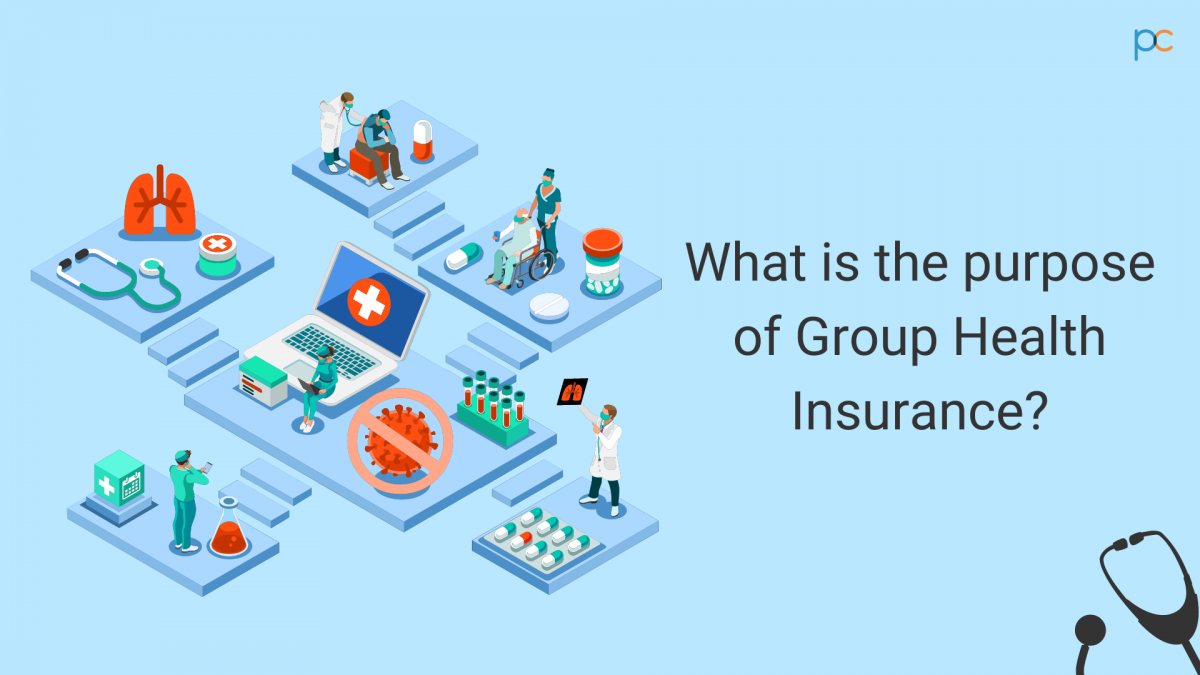Getting The Pacific Prime To Work
Getting The Pacific Prime To Work
Blog Article
Little Known Facts About Pacific Prime.
Table of ContentsThe Pacific Prime PDFsThe 9-Second Trick For Pacific PrimeThe Ultimate Guide To Pacific PrimePacific Prime - QuestionsSome Known Details About Pacific Prime

This is because the information were collected for a duration of solid economic efficiency. Of the approximated 42 million individuals that were without insurance, almost about 420,000 (concerning 1 percent) were under 65 years of age, the age at which most Americans come to be eligible for Medicare; 32 million were grownups between ages 18 and 65, around 19 percent of all grownups in this age group; and 10 million were children under 18 years of age, concerning 13.9 percent of all kids (Mills, 2000).
These price quotes of the variety of individuals uninsured are produced from the yearly March Supplement to the Present Populace Study (CPS), carried out by the Census Bureau. Unless otherwise noted, nationwide estimates of people without medical insurance and percentages of the population with various kinds of insurance coverage are based on the CPS, the most widely used source of estimates of insurance coverage and uninsurance rates.
3 Easy Facts About Pacific Prime Described

Still, the CPS is especially helpful since it creates annual quotes reasonably rapidly, reporting the previous year's insurance coverage estimates each September, and due to the fact that it is the basis for a regular collection of quotes for greater than two decades, permitting for analysis of trends in coverage with time. For these reasons, as well as the extensive use the CPS in other studies of insurance policy coverage that exist in this record, we rely on CPS price quotes, with restrictions noted.

The price quote of the number of without insurance people increases when a population's insurance policy condition is tracked for numerous years. Over a three-year period starting early in 1993, 72 million people, 29 percent of the united state populace, were without coverage for a minimum of one month. Within a single year (1994 ), 53 million people experienced a minimum of a month without protection (Bennefield, 1998a)
Six out of every ten without insurance adults are themselves employed. Although functioning does improve the chance that one and one's relative will have insurance policy, it is not an assurance. Also members of family members with two permanent wage earners have almost a one-in-ten possibility of being uninsured (9.1 percent without insurance price) (Hoffman and Pohl, 2000).
Our Pacific Prime Diaries
New immigrants make up a considerable percentage of people without medical insurance. One evaluation has associated a substantial section of the recent growth in the size of the U.S. without insurance populace to immigrants that got here in the country between 1994 and 1998 (Camarota and Edwards, 2000). Recent immigrants (those who concerned the USA within the previous 4 years) do have a high price of being without insurance (46 percent), but they and their youngsters make up just 6 percent of those without insurance policy nationally (Holahan et al., 2001).
The connection in between wellness insurance policy and accessibility to care is well developed, as recorded later on in this phase. The relationship in between wellness insurance coverage and health and wellness outcomes is neither direct neither basic, a substantial medical and health solutions study literature links wellness insurance policy coverage to better access to care, much better quality, and improved individual and population health standing.
Levels of analysis for examining the impacts of uninsurance. It concentrates particularly on those without any kind of health and wellness insurance policy for any size of time.
Pacific Prime Fundamentals Explained
The issues encountered by the underinsured remain in some areas comparable to those faced by the uninsured, although they are typically less severe. global health insurance. Uninsurance and underinsurance, nonetheless, entail clearly various policy problems, and the techniques for addressing them might vary. Throughout this research and the five reports to follow, the major emphasis gets on persons with no medical insurance and hence no assistance in paying for health and wellness treatment beyond what is offered through charity and safeguard establishments
Wellness insurance policy is an effective element affecting invoice of care because both people and doctors react to the out-of-pocket rate of services - https://disqus.com/by/disqus_tLNq8V4sBK/about/. Medical insurance, nevertheless, is neither required nor sufficient to get to clinical services. The independent and straight impact of health insurance policy protection on access to wellness solutions is well established.
Others will certainly acquire the healthcare they need also without health insurance policy, by paying for it expense or seeking it from carriers who supply care cost-free or directory at extremely subsidized prices. For still others, medical insurance alone does not make sure invoice of treatment due to the fact that of other nonfinancial obstacles, such as a lack of healthcare suppliers in their community, restricted accessibility to transportation, illiteracy, or linguistic and social differences.
Everything about Pacific Prime
Official study concerning uninsured populations in the United States dates to the late 1920s and early 1930s when the Committee on the Expense of Medical Treatment created a collection of records concerning funding medical professional workplace brows through and hospital stays. This issue became salient as the numbers of medically indigent climbed during the Great Depression.
Report this page